Millets offer valuable support during menopause due to their nutrient-rich composition and potential impact on managing menopausal symptoms. Packed with essential vitamins, minerals like calcium and magnesium, and antioxidants, millets aid in supporting bone health, reducing the risk of osteoporosis, and alleviating symptoms like hot flashes, mood swings, and vaginal dryness. Certain millets containing phytoestrogens, plant compounds with estrogen-like properties, may help mitigate menopausal discomfort by providing a mild estrogenic effect in the body as estrogen levels decline. Additionally, the high fiber content in millets supports digestive health and weight management, contributing to overall well-being during this transitional phase. Incorporating millets into a well-balanced diet offers a natural and nutritious way to potentially alleviate some menopausal symptoms, though individual experiences may vary.
Table of Contents
What Is Menopause?
Menopause is a natural biological process marking the end of a woman's menstrual cycles and fertility. It typically occurs in women around their late 40s to early 50s, although the exact timing can vary. Menopause is officially confirmed when a woman has not had her period for 12 consecutive months.
During menopause, the ovaries gradually produce fewer reproductive hormones, particularly estrogen and progesterone, leading to various physical and emotional changes. Common symptoms associated with menopause include irregular periods, hot flashes, night sweats, vaginal dryness, mood swings, sleep disturbances, and changes in libido. Additionally, menopause can increase the risk of certain health conditions like osteoporosis and heart disease due to the decline in estrogen levels.
Menopause is a natural part of the aging process for women and signifies the end of their reproductive years. While the transition can bring about various symptoms and changes, many women find relief from symptoms through lifestyle adjustments, hormone therapy, or other medical treatments, and ultimately navigate this phase with support from healthcare professionals and loved ones.
How Can Millets Help During Menopause?
Menopause is a natural biological process in women marked by the cessation of menstruation and a decrease in estrogen levels. Millets, owing to their nutritional profile, offer potential benefits during this phase:
- Nutrient Density: Millets are rich in essential nutrients like vitamins (B-complex vitamins, vitamin E), minerals (calcium, magnesium), and antioxidants. These nutrients support overall health and can aid in managing menopausal symptoms such as bone health, hot flashes, and mood swings.
- Phytoestrogens: Some millets contain phytoestrogens, plant compounds that have a mild estrogen-like effect. During menopause, when estrogen levels decline, these compounds may help alleviate some symptoms like hot flashes, night sweats, and vaginal dryness by providing a mild estrogenic effect.
- Fiber Content: The high fiber content in millets supports digestive health and may assist in managing weight, which can be beneficial during menopause when metabolism might change.
- Gluten-Free Options: Certain millets, being gluten-free, offer an alternative for women with gluten sensitivities, which might become more pronounced during menopause.
How Can You Include Millets Into Your Diet During Menopause?
Including millets in your diet during menopause can be a beneficial and nutritious way to manage some symptoms and support overall health. Here are various ways to incorporate millets into your diet:
- Replace Grains: Substitute refined grains like white rice or wheat with millets such as pearl millet (bajra), foxtail millet, or sorghum (jowar) in dishes like rice or pasta for added nutrients and fiber.
- Millet Porridge: Prepare porridge using millets like finger millet (ragi) or foxtail millet. Cook them with water or plant-based milk and add fruits, nuts, or seeds for a nutrient-rich and comforting breakfast option.
- Salads and Soups: Incorporate cooked millets into salads or soups for added texture and nutrients. Mix them with vegetables, herbs, and a healthy dressing for a refreshing salad or add to soups for a hearty meal.
- Baking: Utilize millet flour in baking. Mix it with other gluten-free flours to make bread, pancakes, or muffins, offering additional nutrients and fiber compared to refined flour.
- Breakfast Bowls: Create breakfast bowls with cooked millets as a base. Add fruits, nuts, seeds, and a protein source like yogurt or nut butter for a filling and nutritious start to your day.
- Millet-Based Beverages: Prepare beverages like ragi malt or foxtail millet-based drinks, which are popular in certain cuisines, as a nutritious and hydrating option.


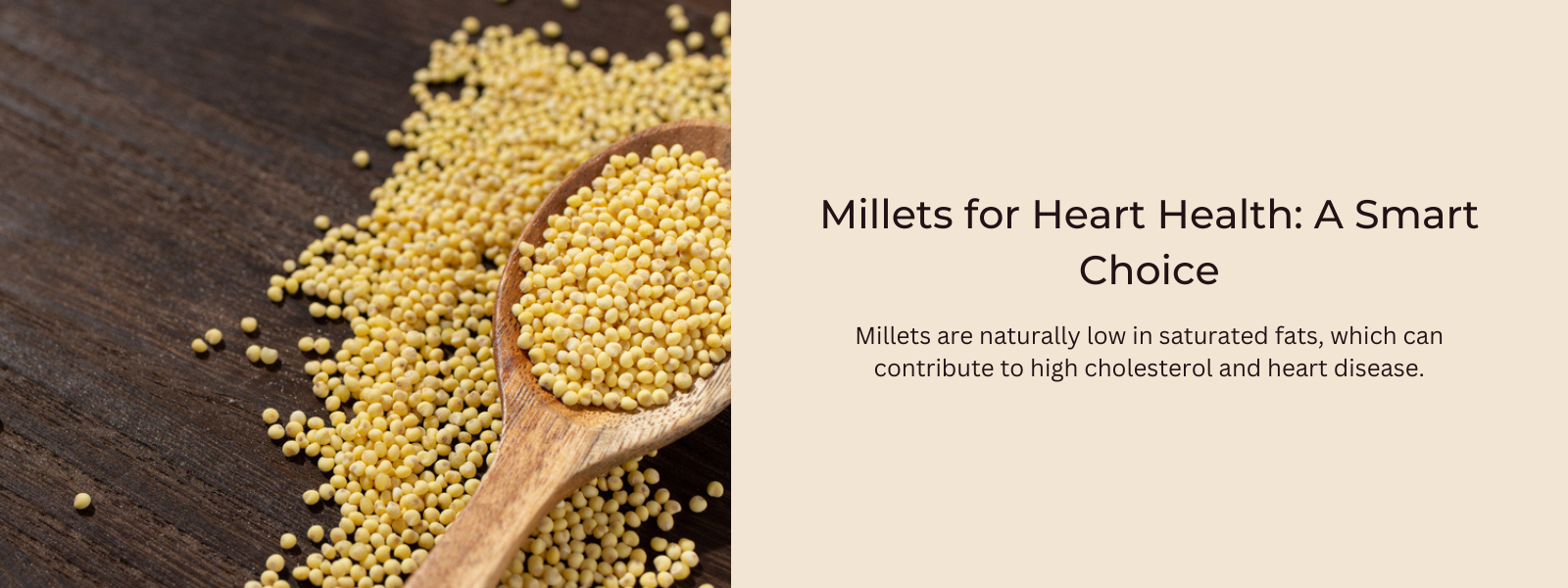
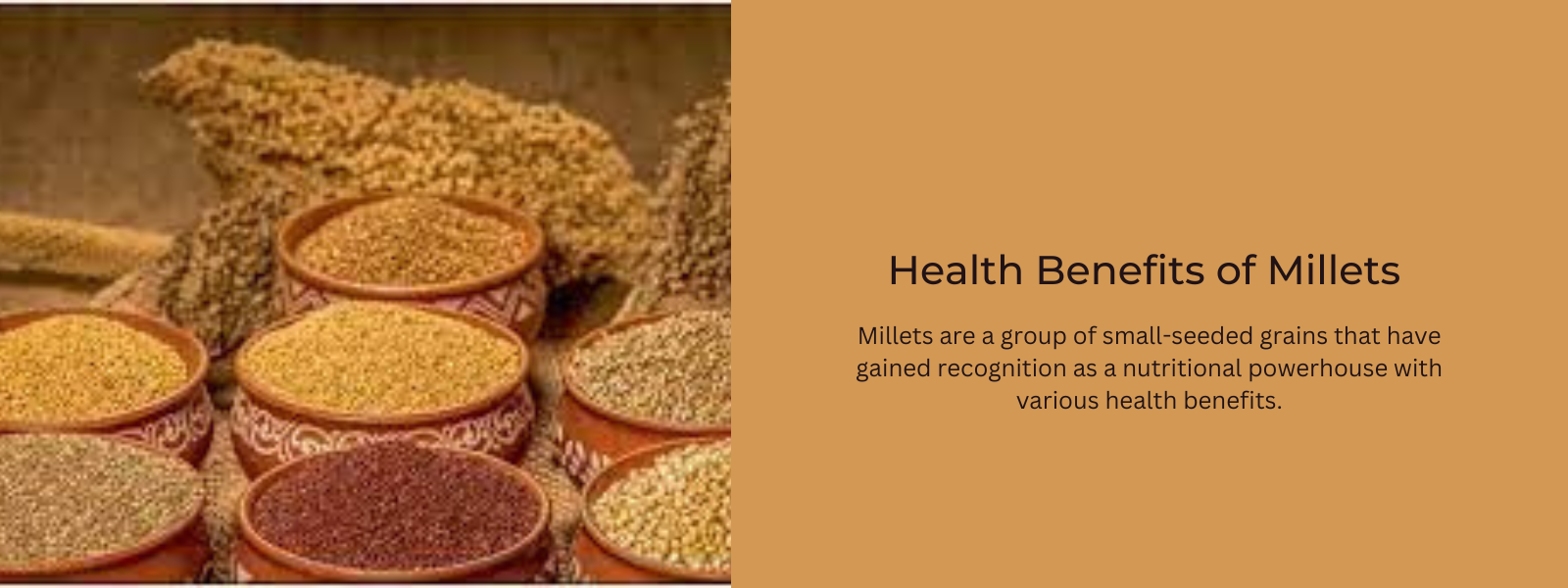
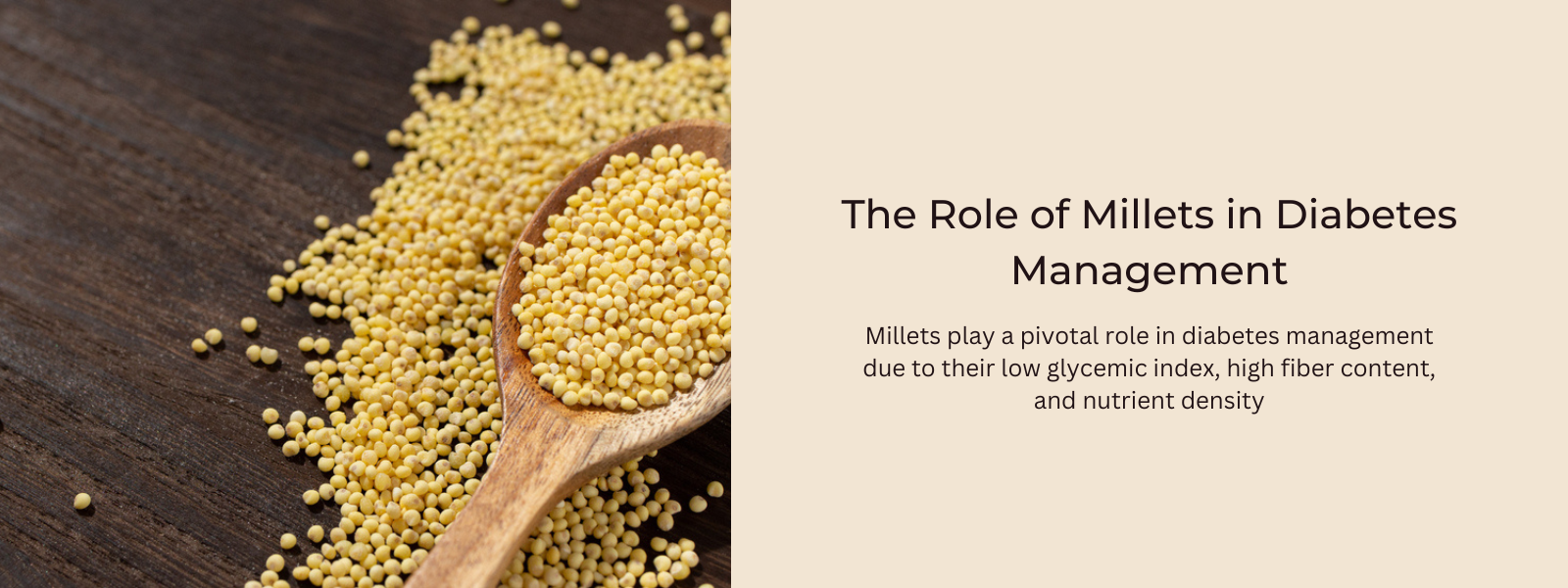
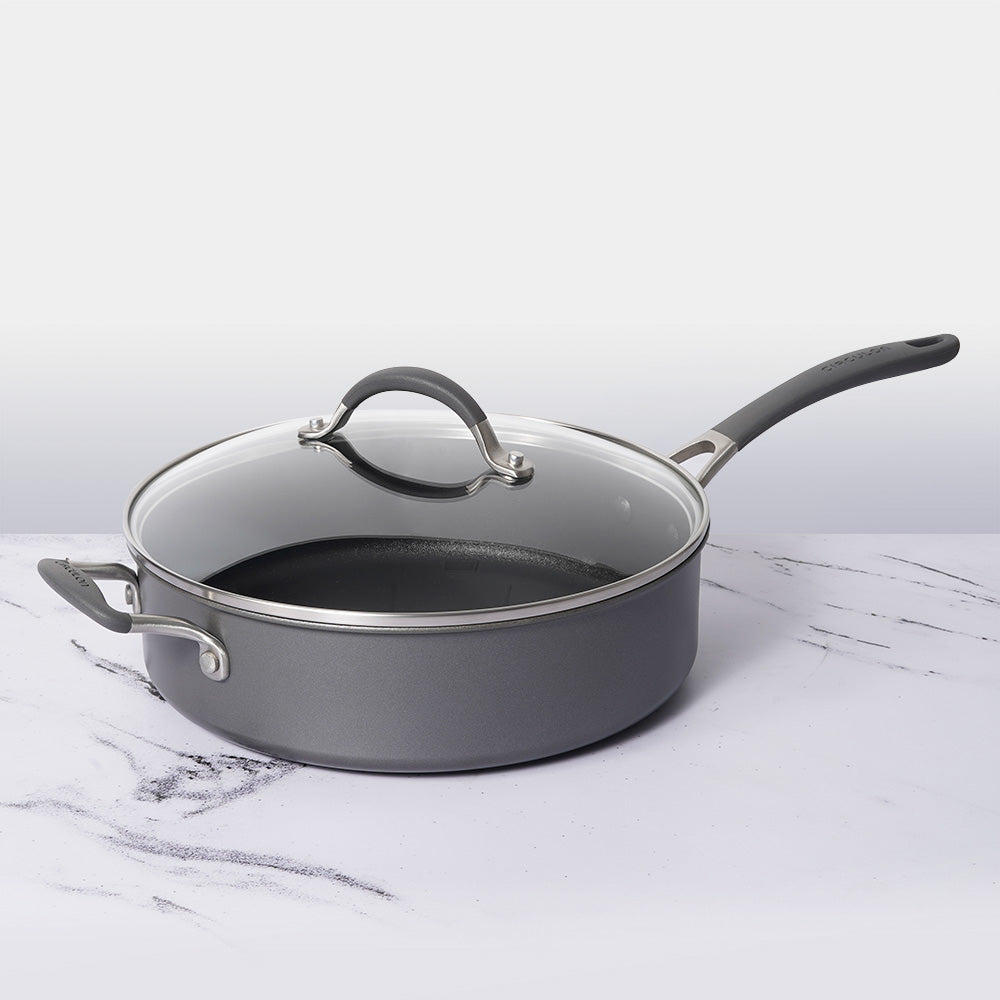
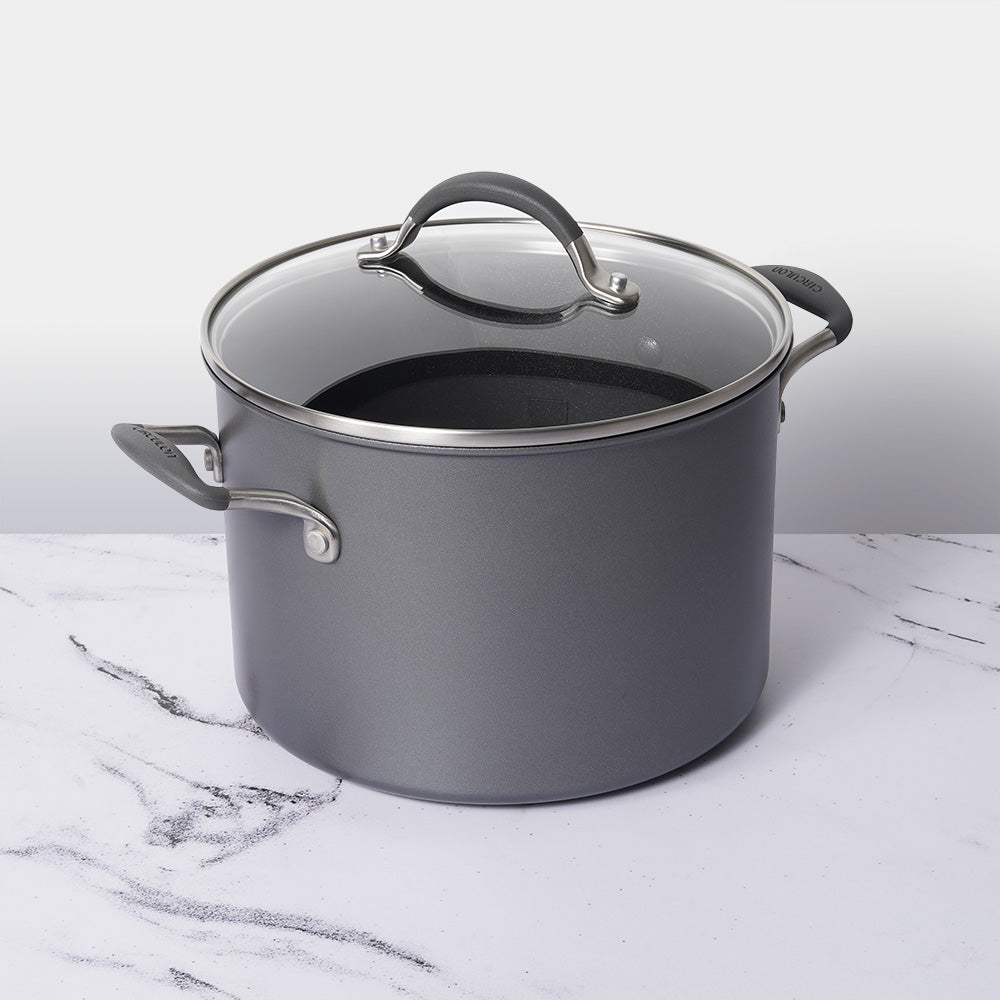




Leave a comment